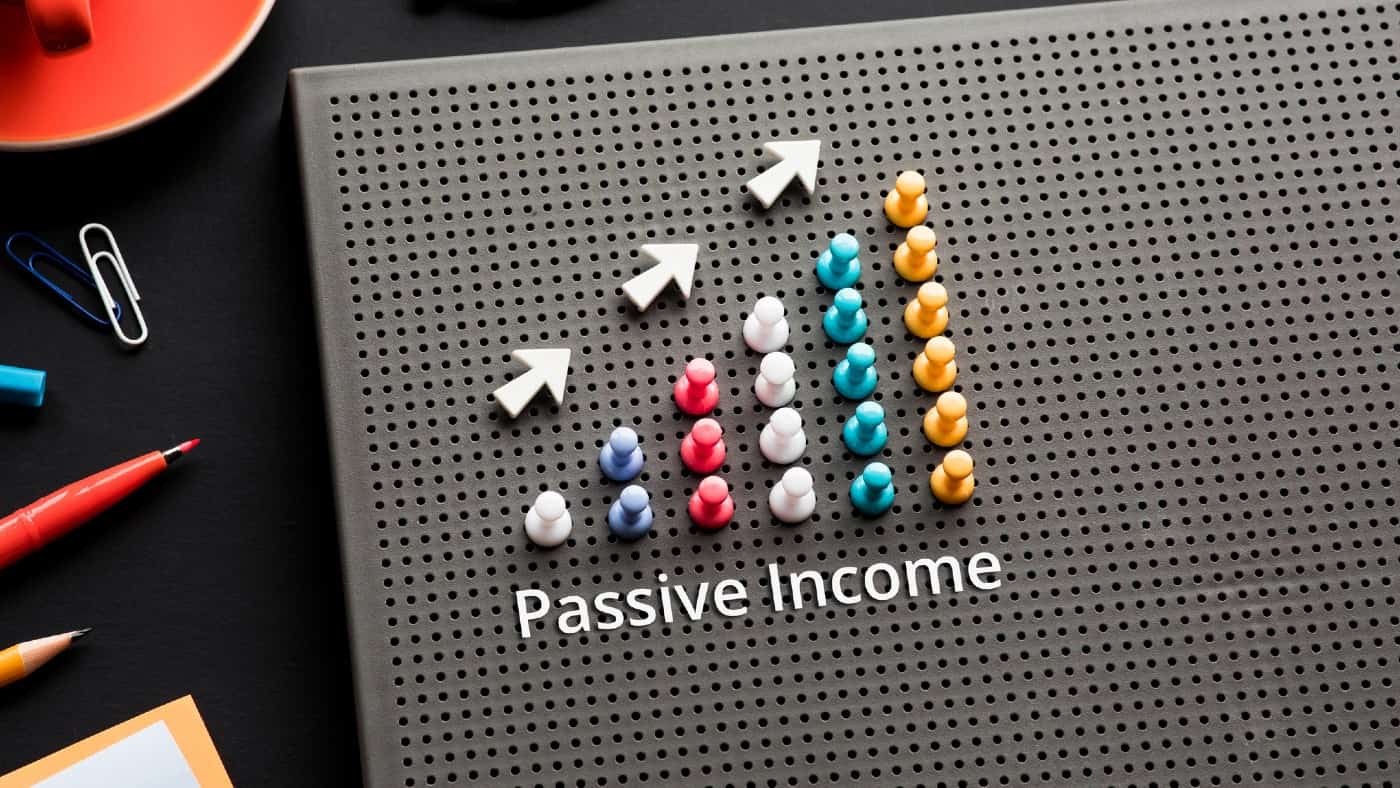In these volatile market times, many investors have retreated to a strategy of buying income shares.
After all, growth and rising share prices can be hard to pin down right now. So why not focus on a company’s dividend and forget about what the share price is doing?
Simple, but not easy
It’s a good theory and it sounds simple. But I reckon choosing enduring income shares is a strategy that comes with its own difficulties. And simply buying the shares of companies displaying a high dividend yield may not be successful in the long run.
The problem with high dividend yields is they may not be sustainable. And a high yield in itself could be telling us that a company’s valuation has been driven down by the market. So, what’s the problem? A high yield and a low valuation are both good things, right? Maybe. But it’s worth me bearing in mind the stock market tends to push valuations lower when there’s something to worry about with a business.
The market is made by investors buying and selling shares. So, a low valuation and a high dividend yield could be a sign that many believe there’s a problem with a business. Perhaps earnings could be set to fall in the months ahead. And if that happens, dividends tend to fall as well. But it doesn’t end there. Falling earnings and dividends are often accompanied by falling share prices as well. And if I get caught in a trap like that, buying such a high-yield stock will not look so smart.
Sustainability
I’d aim to mitigate some of the risks by focusing on sustainability. And a dividend needs strong cash flow to back it up. Therefore, I’d look for a business with steady and rising revenues, earnings, and cash flow. And one that tends to be affected less by the ups and downs of the wider economy.
But a business with such qualities is likely to be recognised by the market. And the valuation will probably be quite rich. That often means a lower yield than some of those businesses topping the dividend lists. But if a strong business can keep growing its dividend a little year after year, it could make a decent income investment over time. And holding the shares could be a calmer journey for me than holding volatile cyclical shares or troubled businesses. But such an outcome isn’t certain, of course.
I’m keen on several companies right now and believe that each has the potential to make a decent long-term income investment. One example is the fast-moving consumer goods giant Unilever. The company’s multi-year record shows steady dividends that have generally been rising. And there has been strong cash flow backing those shareholder payments.
With the share price near 3,723p, the forward-looking yield is just over 4% for 2023. But City analysts’ estimates are not guaranteed. And any company can miss them because of operational challenges.
However, in April, Unilever said it’s coping well with rising input prices. And I’m tempted to add the stock to my income shares portfolio now.








